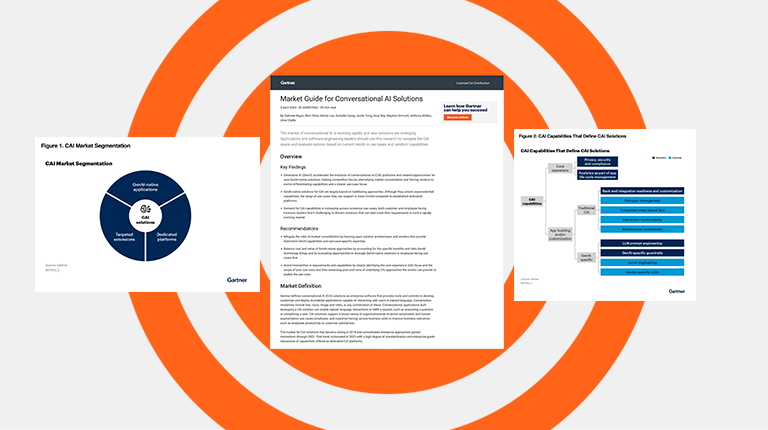It’s no secret that customer service can cause some major headaches. From a recent survey, we found that one of the top contributors of bad customer service is unknowledgeable agents. So should brands be looking to hire better agents? Train them better? Maybe offer more incentives? While these may have minor improvements, the root cause of this issue actually comes down to reducing agent effort.
According to Gartner research, 29% of contact center agents say that the top motivating factor working in customer service is helping customers. However, 30% claim that the number one challenge in achieving that goal is inadequate or hard to use systems – more than double the second rated choices (management or customer emotions (rude or angry); each at 14%). So agents want to help customers, but they often don’t have the means to do so.
Understanding the integration of customer and agent experience
Before we dive into agent effort, it’s important to understand the integration between customer and agent experience. We all know that customer experience directly impacts sales, revenue, and loyalty. Therefore, it is vital that companies invest and focus on improving the customer experience.
Agent experience, by nature, directly impacts customer experience. One bad experience with an agent can lead a customer to cut ties with a company forever. So for companies to focus on customer experience, agent experience must be involved.
Agent effort: The root cause
Which brings us to the topic of effort. Have you ever tried to find information on an outdated website? Or a desktop that was not user friendly? Chances are that it was time-consuming and frustrating. Many agents are still using archaic monitors programmed with inefficient software to assist customers.
Imagine the effort that it takes agents to search through and use these outdated systems. Even an experience with the most friendly, knowledgeable agent in the world can come across as frustrating if these backend systems cannot deliver what is needed.
The good news? Just like there are Conversational AI applications that are advanced enough to assist customers more efficiently without compromising customer experience, there is AI technology that can be used to power better systems for agents as well.
Let’s talk about RPA
RPA, or robotic process automation, is AI technology that can be used to improve processes across an entire organization. Specifically in the contact center, RPA can take over the mundane, redundant, and time-consuming tasks so that agents can focus on what really matters–the customer.
You can think of RPA as an unlimited workforce of digital employees. They streamline business activities at scale. And while RPA never directly interacts with customers, the impact on customer experience can be great.
Here are three ways that RPA can improve agent and customer experience in the contact center:
Decrease Agent Effort
Gone are the days of agents being fearful of AI taking away jobs. In fact, it’s not hard to believe that many agents welcome technology that makes their job easier. RPA is an example of technology doing what technology does best–improving efficiency and productivity. In return, agents can spend less time dealing with outdated systems.
Increase Personalization
Beyond just making agents’ jobs easier, RPA can elevate customer experiences by increasing personalization. Agents– and humans and general– cannot dig through the massive amounts of data that is generated from large brands. But AI allows this process to happen instantaneously.
Increase Loyalty
Both customers and agents are more likely to stick around when effort is decreased. For agents, less effort means more satisfaction in their job. They will be able to help more customers, more quickly, and with more success. As for customers, a more knowledgeable and well-prepared agent, and a faster resolution time, will result in a better customer experience.
Focusing on both customer-facing and backend technology integration will bring the most success to customer experience, and ultimately the success of the entire organization. To learn more about technology assisting agents in the contact center, check out our eBook.



